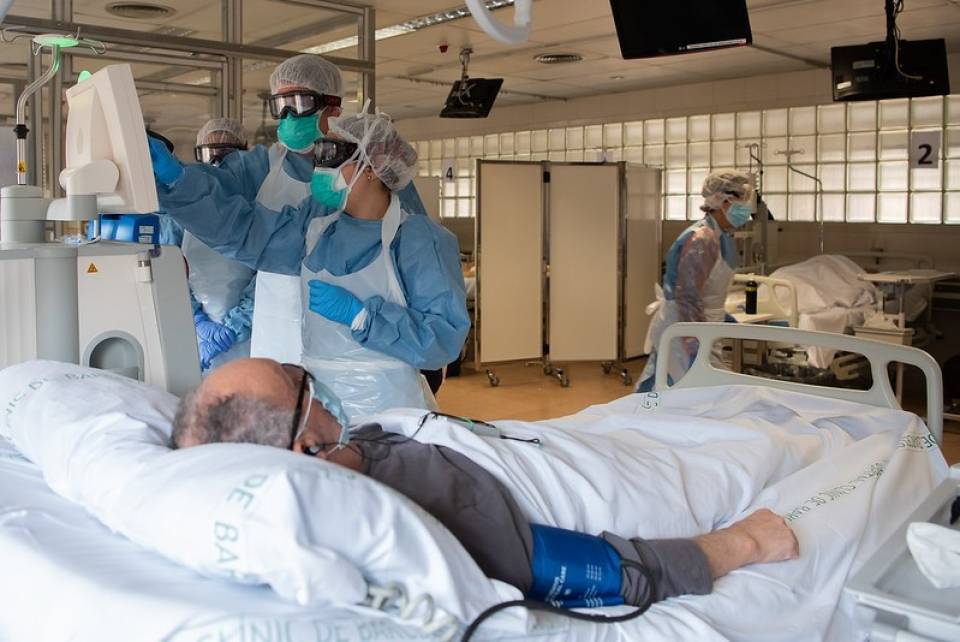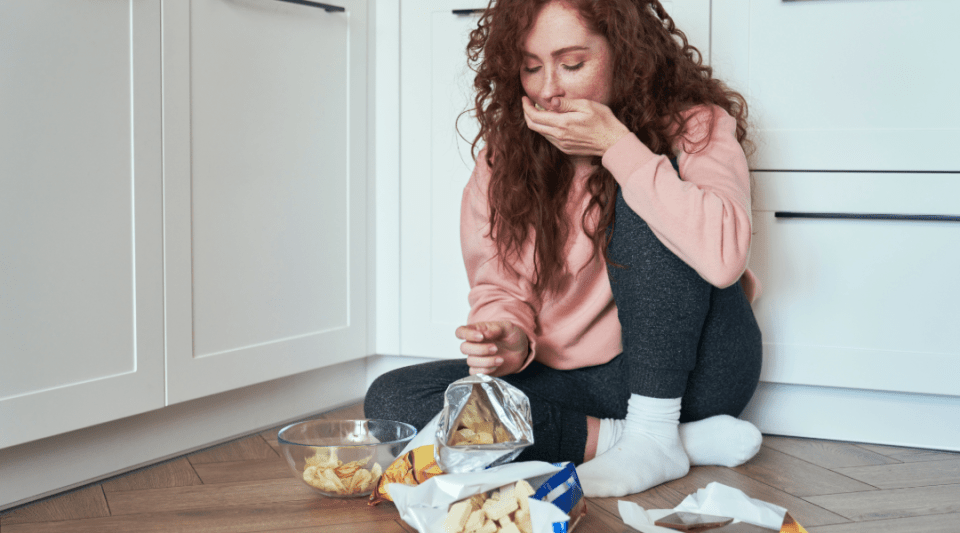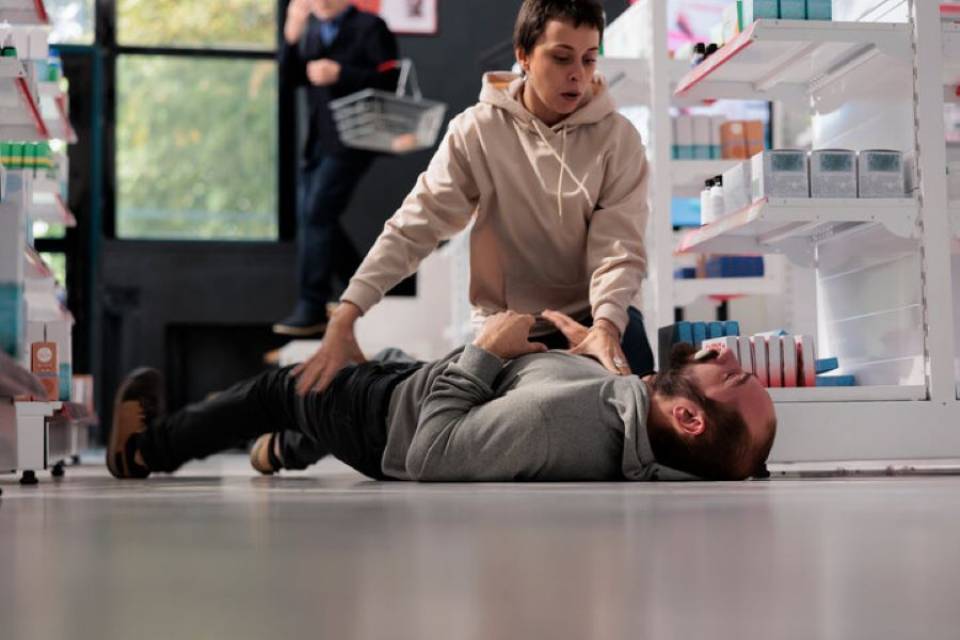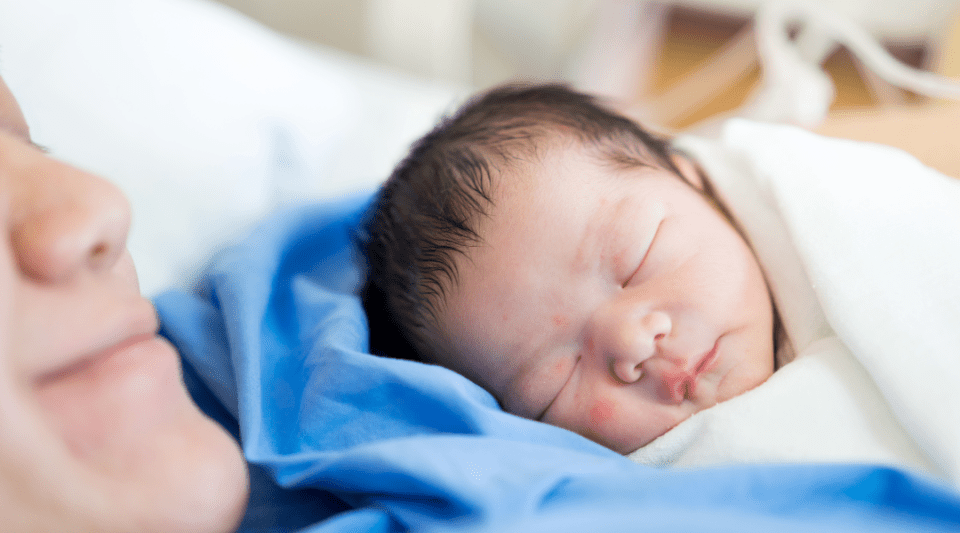Viral infections often exacerbate chronic obstructive pulmonary disease, in other words, they worsen the symptoms. In the particular case of COVID-19, there are numerous studies evaluating the relationship between COPD patients and the SARS-CoV-2 virus, to find out whether this patient group is at a higher risk of infection and of presenting more serious forms of the disease. So far, these studies have not been able to confirm a link.
Although there are not yet enough studies, these patients’ characteristics suggest that if they were to catch COVID-19, they would be especially vulnerable. On the one hand, they are chronically ill and tend to present other diseases at the same time. They also tend to be of advanced age. On the other hand, their disease mainly affects the lungs and the respiratory tract, as does the SARS-CoV-2 virus, meaning that this infection could cause even more breathing difficulties.
To this end, various clinical guides and scientific organisations have published a series of recommendations to follow for patients with COPD. Firstly, one of the most clear and important recommendations for keeping lung disease stable is to continue the recommended treatment. Do not suspend inhaled (or oral) corticosteroids, as there is no evidence that they should be avoided. If the patient needs oxygen, these general recommendations should be followed.
Furthermore, in relation to the treatment, you are advised to avoid the use of nebulisers, and substitute them with pressurised (gas) inhalers connected to a holding chamber. Otherwise, change to a dry powder device.
If the patient uses a CPAP at night (a treatment using a machine that blows air into the airways to prevent them from collapsing during apnoea episodes while sleeping), they should follow usual guidelines. If the patient has been diagnosed with COVID-19, they should suspend CPAP treatment for a few days and then continue afterwards, if it is totally necessary to keep it up. When using the CPAP machine, the company should be advised to make certain modifications.
If using non-invasive mechanical ventilation (a ventilator support machine that improves alveolar ventilation), usage should be continued in all cases. As in the previous case, if the patient is infected by COVID-19, some simple adaptations should be made to the ventilation equipment to prevent the dispersion of respiratory particles in the atmosphere and to protect others from contagion.
Physical activity should be continued as far as is possible at home or in the surrounding area. People undergoing rehabilitation should continue, but adapt it to their circumstances.
Finally, all guides from the different scientific organisations highlight the importance of quitting smoking in the case of active smokers. There are studies analysing the impact of tobacco on people with COVID-19 infection, and it has been observed that active smokers present a greater risk of serious complications compared to ex-smokers and people who have never smoked.
For all these reasons, it is very important for patients with chronic lung disease such as COPD to adopt more restrictive measures to avoid contact with suspected or confirmed cases, and to thus minimise any potential exposure to SARS-CoV-2. Therefore, you are advised to maintain as much social distance as possible, wash your hands frequently for at least 30 seconds, use a face mask, and follow all other measures established by the health authorities. Furthermore, you should continue regular treatment, including in case of contagion, unless a healthcare professional indicates otherwise.
Author: Nuria Seijas, nurse and care coordinator for Home Hospitalisation.




